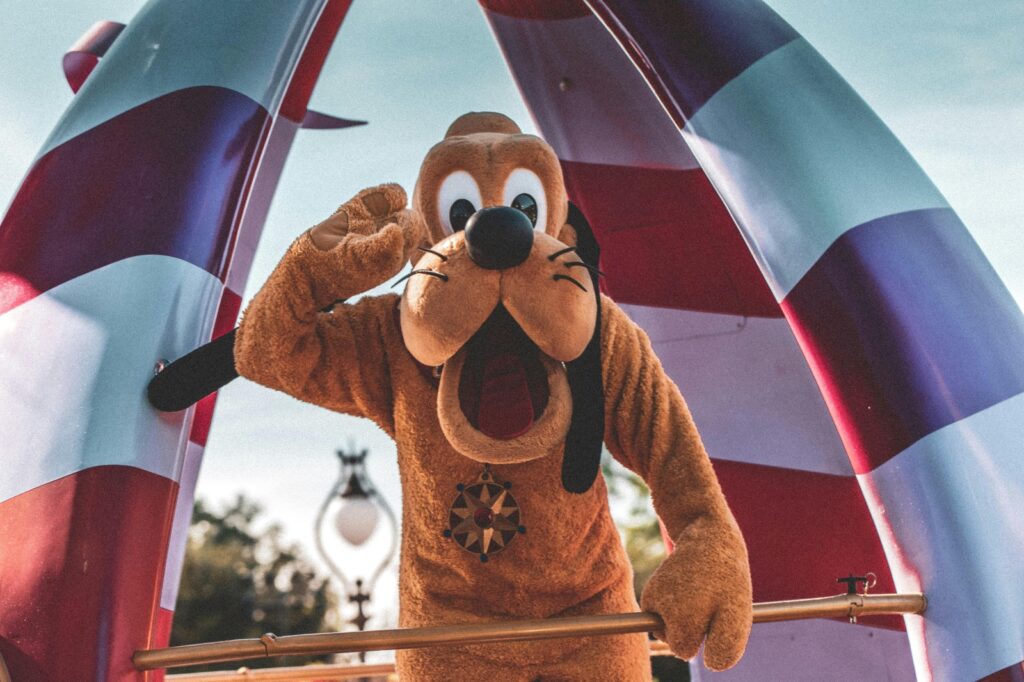Sensory Branding: Engaging Customers Beyond Visuals in a Multi-sensory World

Ever walked by a bakery and been irresistibly drawn in by the smell of freshly baked bread? Or felt an instant connection with a brand because of its catchy jingle? Welcome to the immersive world of sensory branding. Let’s dive into how brands are tickling our senses, going way beyond just the visual.
More Than Meets the Eye: The Five-Sensory Approach
We live in a world brimming with stimuli, where every brand is clamoring for our attention. Relying solely on visuals? That’s so last century. The future belongs to brands that engage multiple senses.
Soundscapes: The Brand’s Voice
Think of the iconic Intel jingle or McDonald’s “I’m Lovin’ It.” Sounds that immediately make you recognize the brand, right? Brands are investing in unique audio signatures that resonate with consumers, turning mere sounds into powerful brand memories.
The Scent of Success
Did you know? Humans can remember scents with 65% accuracy after a year, compared to only 50% of visuals after three months. Brands like Starbucks and Singapore Airlines use signature scents in their spaces, creating a memorable ambiance.
Touch and Connect
Ever noticed the luxurious feel of an Apple product box or the unique texture of a high-end business card? The tactile experience can significantly influence purchase decisions, enhancing the product’s perceived value.
Sensory Branding in Action: Brands that Nailed It
Wondering which brands are mastering the multi-sensory approach? Let’s take a sensory journey through some standout examples.
Coca-Cola: A Symphony of Senses
Coca-Cola doesn’t just rely on its iconic logo. The distinct sound of a bottle opening, the unique feel of its glass bottle, and, of course, the unmatched taste – it’s a multi-sensory experience that screams Coke!
LUSH Cosmetics: A Feast for the Senses
Enter a LUSH store, and you’re bombarded with a kaleidoscope of colors, a range of tantalizing scents, and bath bombs you can touch and feel. And don’t forget the sound of the in-store consultants explaining their fresh ingredients. LUSH isn’t just selling cosmetics; they’re offering a sensory extravaganza.
The Science Behind the Senses: Why It Works
This isn’t just marketing fluff. There’s solid science backing the power of sensory branding.
Emotional Connections
Our senses are directly linked to the limbic system in our brain, which is responsible for emotions and memories. Engaging multiple senses helps brands form deeper emotional connections with consumers.
Enhanced Brand Recall
Fact: Multi-sensory experiences lead to 70% higher brand recall than unisensory interactions. So, if you want your brand to be remembered, you better be engaging more senses.
Challenges: The Delicate Balance of Sensory Branding
Sensory branding isn’t about bombarding consumers with stimuli. There’s a delicate balance to strike.
1) Overstimulation: Too many sensory cues can lead to confusion or even put off consumers.
2) Authenticity: The sensory elements need to feel authentic and align with the brand’s core values. You can’t just slap on a scent or a jingle and hope for the best!
Looking Ahead: The Sensory Frontier
As technology evolves, sensory branding opportunities are set to explode. Think augmented reality experiences that let consumers ‘touch’ products virtually or AI-driven personalized scent profiles for online shoppers. The possibilities are endless.
Wrapping Up: Sensing the Future of Branding
In a cluttered marketplace, brands that can offer memorable multi-sensory experiences are the ones that will stand out and resonate deeply with consumers.
Sensory branding is reshaping the marketing landscape, making it richer, deeper, and infinitely more exciting. Ready to dive in?







